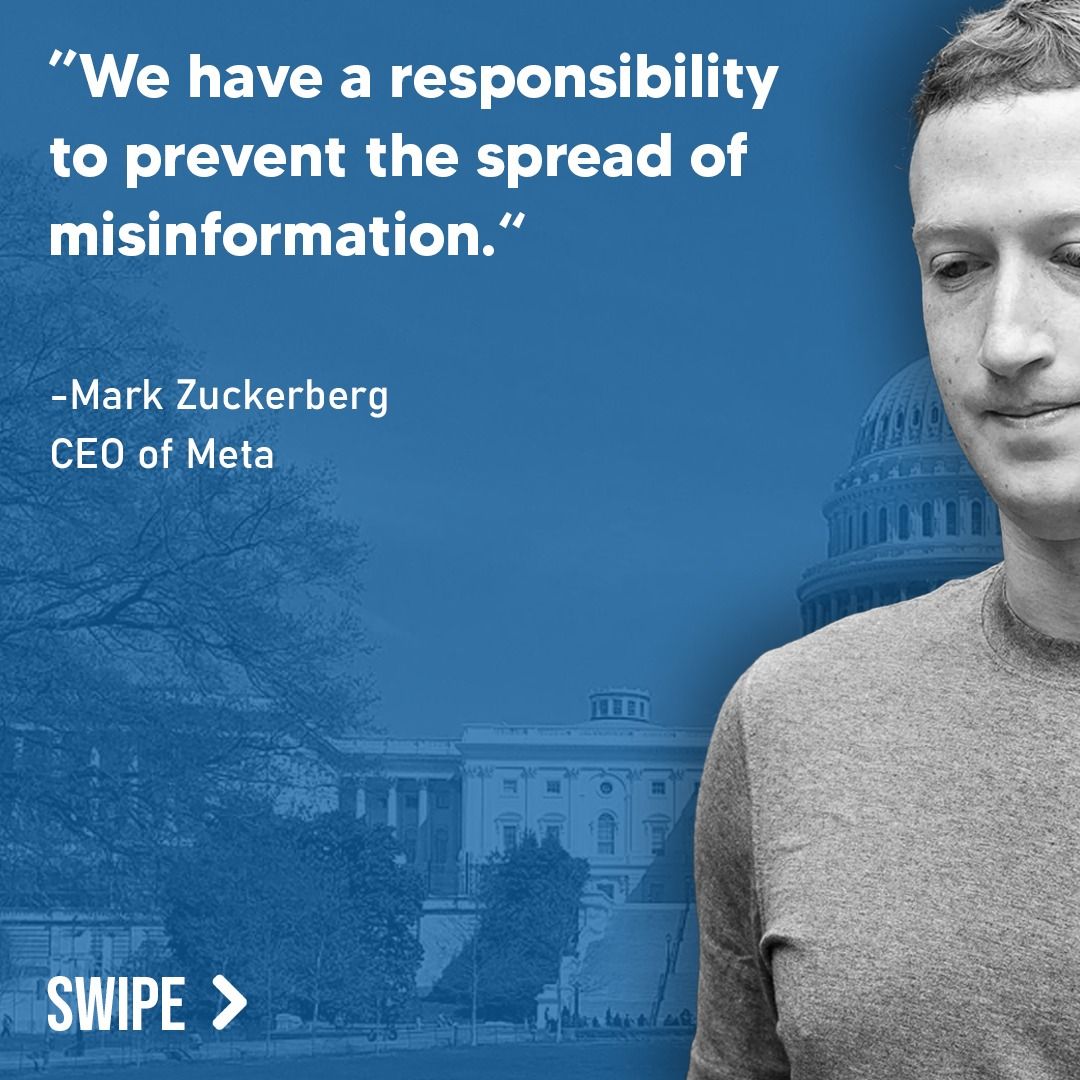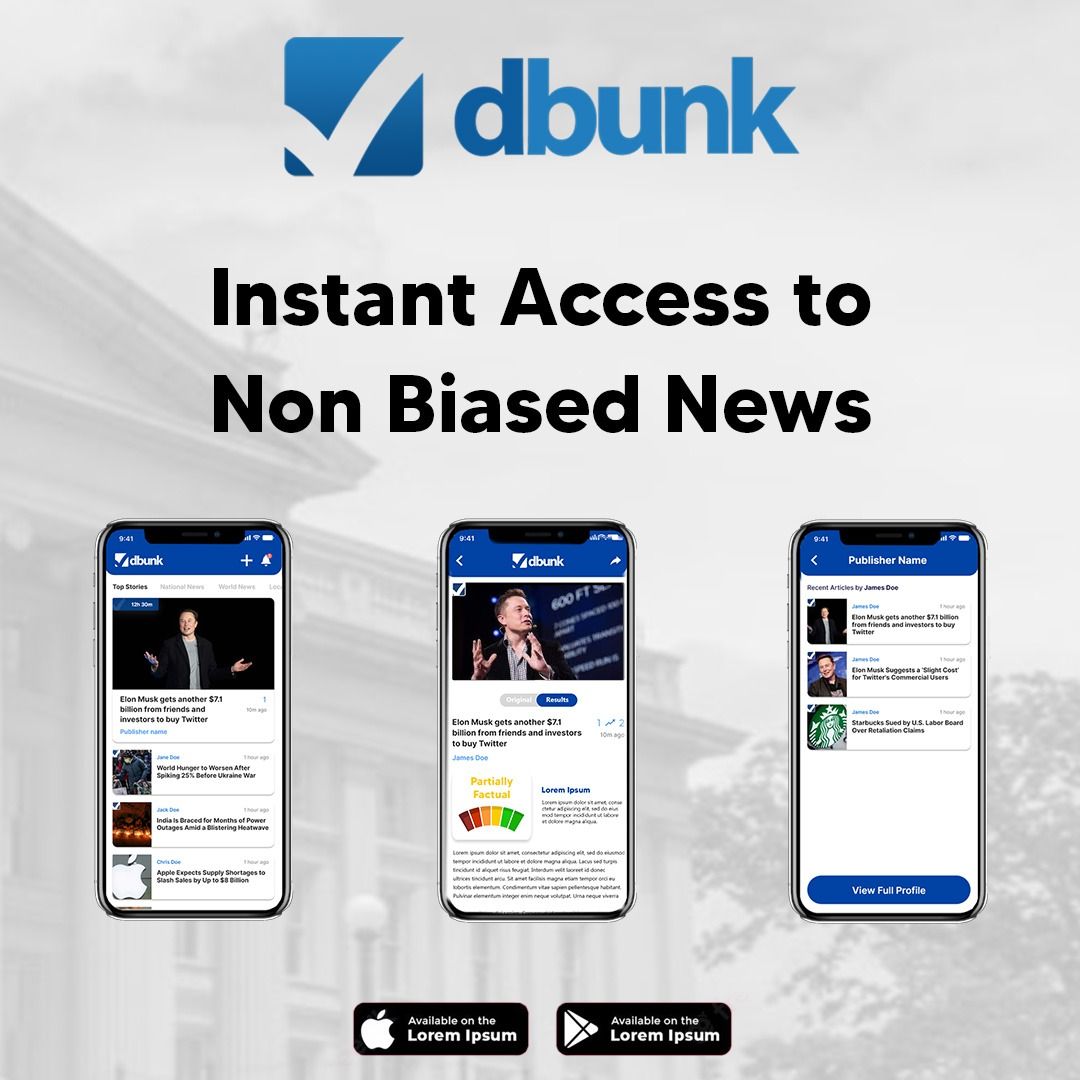
Introduction
CNBC’s article on the current health of the U.S. economy sparked interest by highlighting contrasting data points from ADP’s private payroll report and the Federal Reserve’s “Beige Book,” causing some distrust about which sources offer the most reliable indicators. A user submitted this article asking whether we can trust ADP or the Beige Book when their job estimates sometimes diverge significantly from the Labor Department’s more widely used employment statistics. We fact-checked the reliability of each dataset and reviewed the article’s portrayal of the economy to identify any bias or missing context.
Historical Context
The U.S. economy is monitored using multiple sources of labor and economic activity data. The Bureau of Labor Statistics (BLS) produces the most well-respected official employment report monthly. ADP, a private payroll company, also publishes job estimates ahead of the BLS release, serving as an early indicator but not a substitute. The Federal Reserve’s “Beige Book” is a qualitative compilation of regional economic conditions, used to inform monetary policy but derived from anecdotal reports, not raw data. Discrepancies among these organizations arise due to differing methodologies and data sources.

Fact-Check: Specific Claims
Claim #1: ADP reported the lowest private sector jobs creation in years — just 37,000 in May 2025
This claim is accurate. According to the ADP National Employment Report released on June 5, 2025, U.S. private employers added just 37,000 jobs in May — a sharp drop from April’s revised count and significantly below market forecasts. This marks the weakest job creation figure since March 2023, confirming CNBC’s reporting.

Claim #2: The Fed’s Beige Book states “economic activity has declined slightly since the previous report.”
This claim is also accurate. The Federal Reserve’s Beige Book published on June 5, 2025 notes in its summary: “Economic activity has declined slightly since the previous report.” The report is based on anecdotal data gathered from regional contacts through direct interviews, surveys, and questionnaires. While it accurately gauges business sentiment, its qualitative nature limits its ability to capture hard metrics like GDP or employment levels, making it less precise than the BLS reports.
Claim #3: The ADP report often diverges from the Labor Department’s job numbers
This claim is largely true. Historical comparisons show that ADP’s monthly job estimates often diverge from the BLS nonfarm payrolls — both in magnitude and direction. For example, as CNBC notes, ADP reported 107,000 jobs added in January 2024, while the BLS reported a much stronger gain of 353,000 jobs. The deviation stems from methodological differences: ADP uses payroll data from its own database to estimate private employment, while the BLS relies on government-collected surveys.

Claim #4: The economy is weakening — presented as a near-conclusive view across sources
This is partially misleading due to lack of balance. While CNBC accurately cites signs of a cooling labor market and declining sentiment, the article does not include commentary from analysts or economists cautioning that short-term slowdowns can be temporary or revised later. Moreover, the absence of acknowledgment that the BLS jobs report — the definitive source — had not yet been released leaves readers without a full picture. By relying on early indicators without triangulating broader economic data, the article could skew perceptions of a downturn more conclusively than warranted.

Conclusion
CNBC’s reporting is mostly accurate and fact-based, with correct data cited from ADP and the Federal Reserve’s Beige Book. However, the article would better serve its audience by providing more context about the strengths and limitations of the ADP and Beige Book data, especially compared to the Labor Department’s official employment statistics. While the article does note that ADP and the BLS often diverge, it downplays the qualitative nature of the Beige Book and the fact that more authoritative data was still pending at the time of publication. By not emphasizing these distinctions, the article risks giving a prematurely negative impression of the U.S. economy.
Encourage Readers to Take Action
Concerned about conflicting job data or economic misinformation in the news? Download the DBUNK app today and get unbiased fact checks delivered straight to your phone. Stay informed, think critically, and help stop the spread of fake news. You can also follow us on social media to submit articles you’d like us to investigate—free of charge.

Link to Original Article
Read the original CNBC article here

